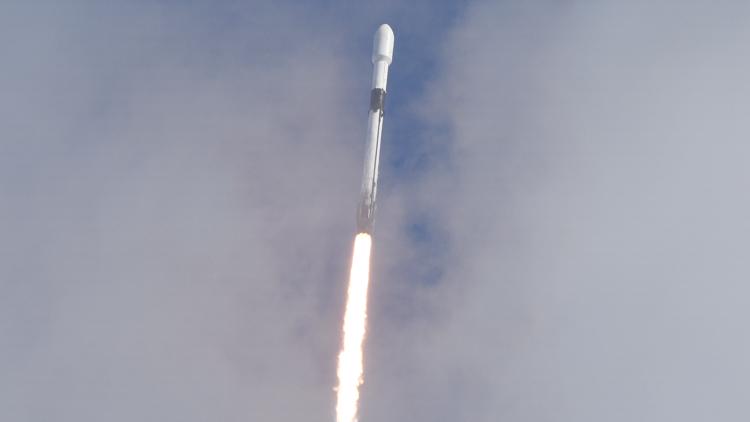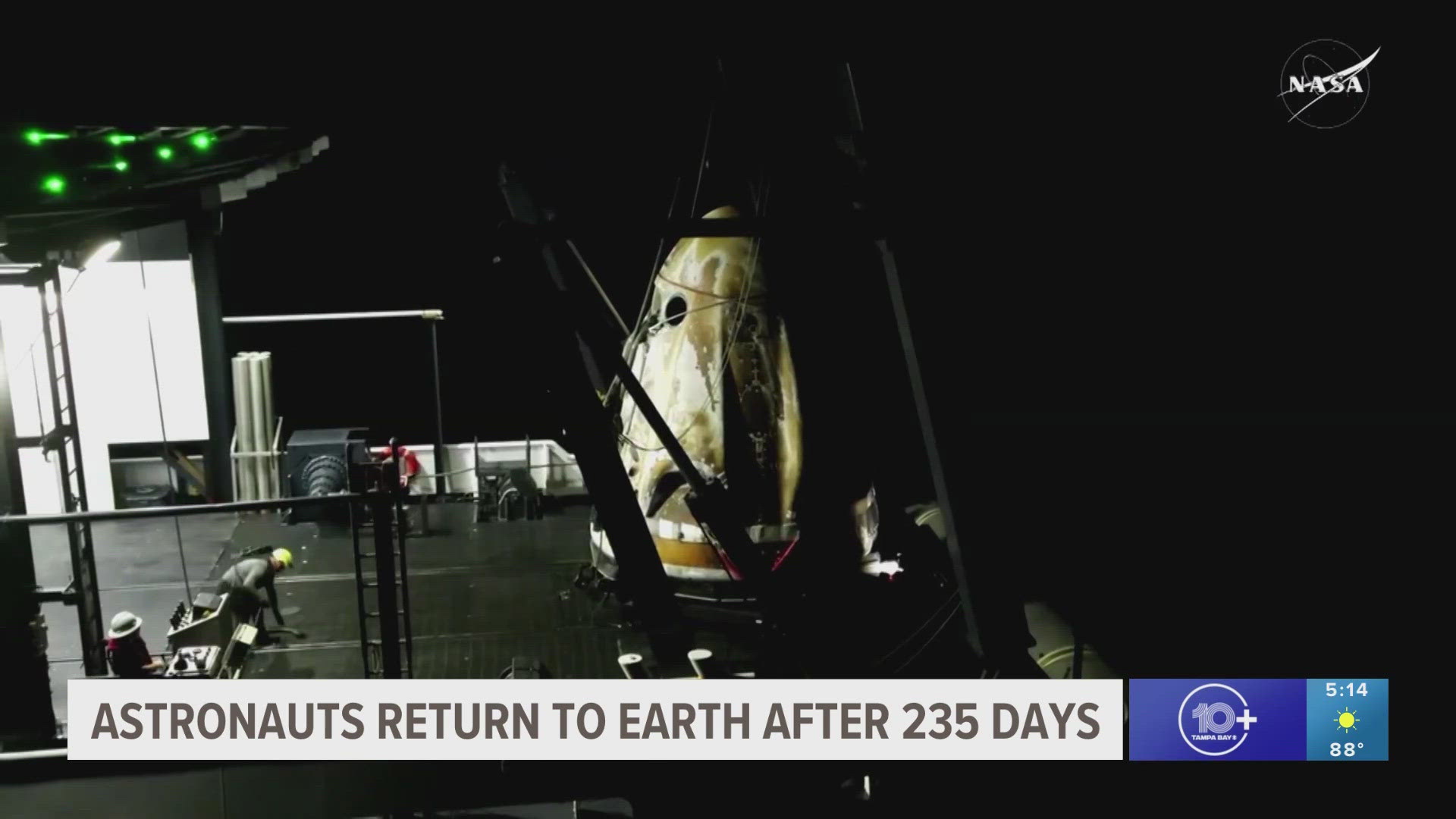Another day, another SpaceX record as the company successfully launched the most number of satellites into orbit during one mission.
A total of 143 satellites, including 10 of SpaceX's Starlink satellites, were deployed Sunday. The mission was originally set for Saturday morning but was scrubbed because of poor weather.
The previous story is below.
---
Another day, another rocket launch. It seems like we have them as often as we don’t.
SpaceX, Elon Musk's company, launched 26 missions in 2020, breaking its previous calendar-year record of 21, which was set in 2018. They’re all exciting to watch, and many of the Cape Canaveral launches can be seen all the way from Tampa Bay.
Saturday morning is the next SpaceX rocket launch as the company makes more history.
SpaceX is targeting Saturday, Jan. 23, for the launch of Transporter-1, which is SpaceX’s first dedicated SmallSat Rideshare Program mission, from Space Launch Complex 40 (SLC-40) at the Cape Canaveral Space Force Station in Florida. The 42-minute launch window opens at 9:40 a.m.
The Falcon 9 is the world’s first orbital-class reusable rocket, manufactured and operated by SpaceX for the transport of people and payloads to Earth orbit and beyond.
The Transporter-1 is SpaceX's first dedicated commercial rideshare on a Falcon 9 rocket. The new SmallSat Rideshare Program offers operators of tiny satellites more flexibility when launching to space.
Typically, small satellites, weighing in at a few hundred pounds, have to hitch rides on big rockets that are already slated to launch much larger cargo to orbit. The SmallSat Rideshares start at one million dollars.
According to SpaceNews.com, “The largest customer on this mission is Planet, with 48 SuperDove satellites hitching a ride to space. There are 10 of SpaceX’s own Starlink internet satellites and 36 very small satellites from Swarm Technologies which is building an internet-of-things service with “SpaceBee” spacecraft the size of a slice of bread.
Another payload riding on Transporter-1 is Spaceflight’s SHERPA-FX — a new type of spacecraft that will dispense 18 secondary payloads.”
The Falcon 9 is a two-stage rocket. The first-stage booster's nine engines take care of lift-off and carry the rocket to an altitude of about 62 miles, which is just on the edge of space. Then, the second stage separates and fires its own single-engine to take the payload into orbit. The first stage returns to Earth.
SpaceX will land Falcon 9’s first stage on the Of Course I Still Love You droneship, which will be stationed in the Atlantic Ocean.
Falcon 9’s first stage booster previously supported the launch of Crew Dragon’s second demonstration mission, the ANASIS-II mission, a Starlink mission, and the launch of Dragon’s 21st cargo resupply mission to the International Space Station.
The second stage of the Falcon 9 is not recovered. SpaceX says that the additional mass of the required heat shield, landing gear, and low-powered landing engines would incur too great a performance penalty.
If you would like to try to see the morning launch, look northeast toward Cape Canaveral at the 9:40 a.m. launch time. You may be able to see the plume of smoke from the rocket all the way from Tampa Bay.
- Florida surgeon general orders vaccine providers to ensure recipients live in the state
- Senate could get Trump impeachment articles Friday
- How could some of President Biden's top campaign promises impact Florida?
- 10 facts about Kamala Harris, America's history-making vice president
- Third stimulus check: When could you get $1,400 now that Biden is officially the president?
- How to get a COVID-19 vaccine at Publix
►Breaking news and weather alerts: Get the free 10 Tampa Bay app
►Stay In the Know! Sign up now for the Brightside Blend Newsletter



